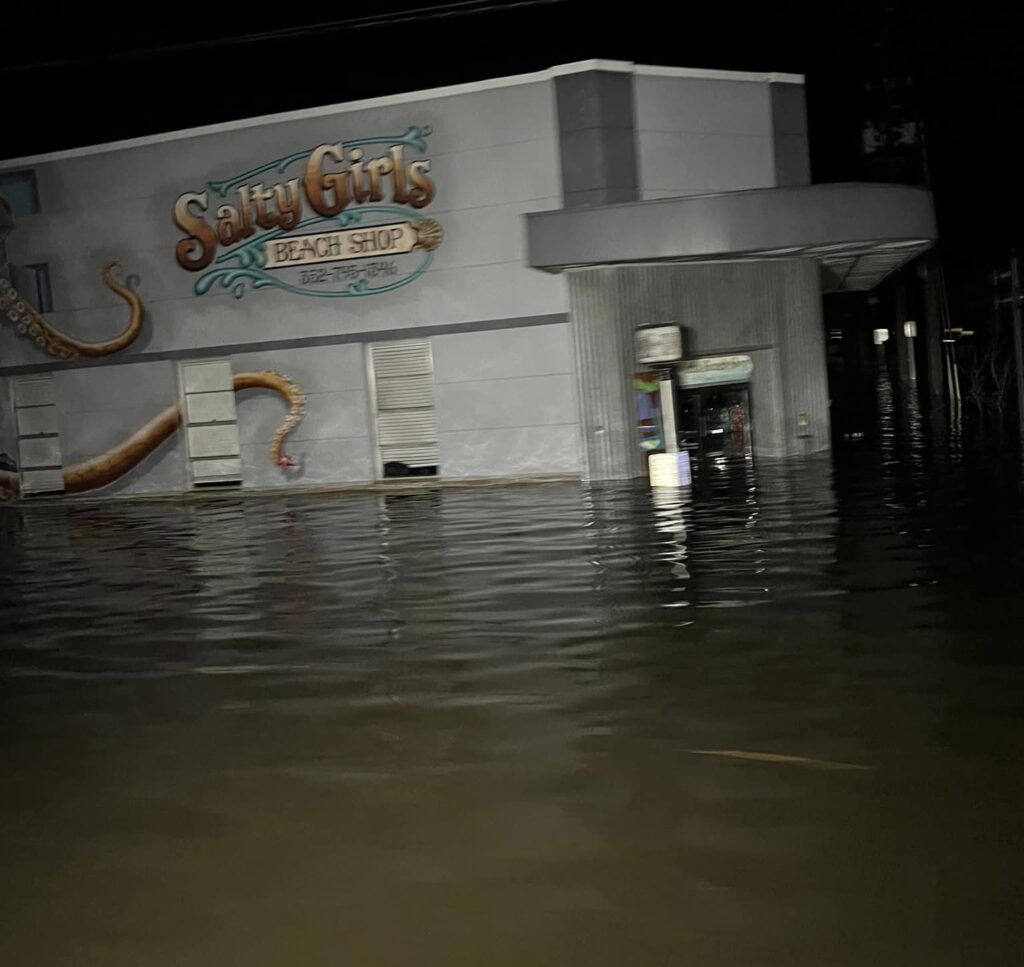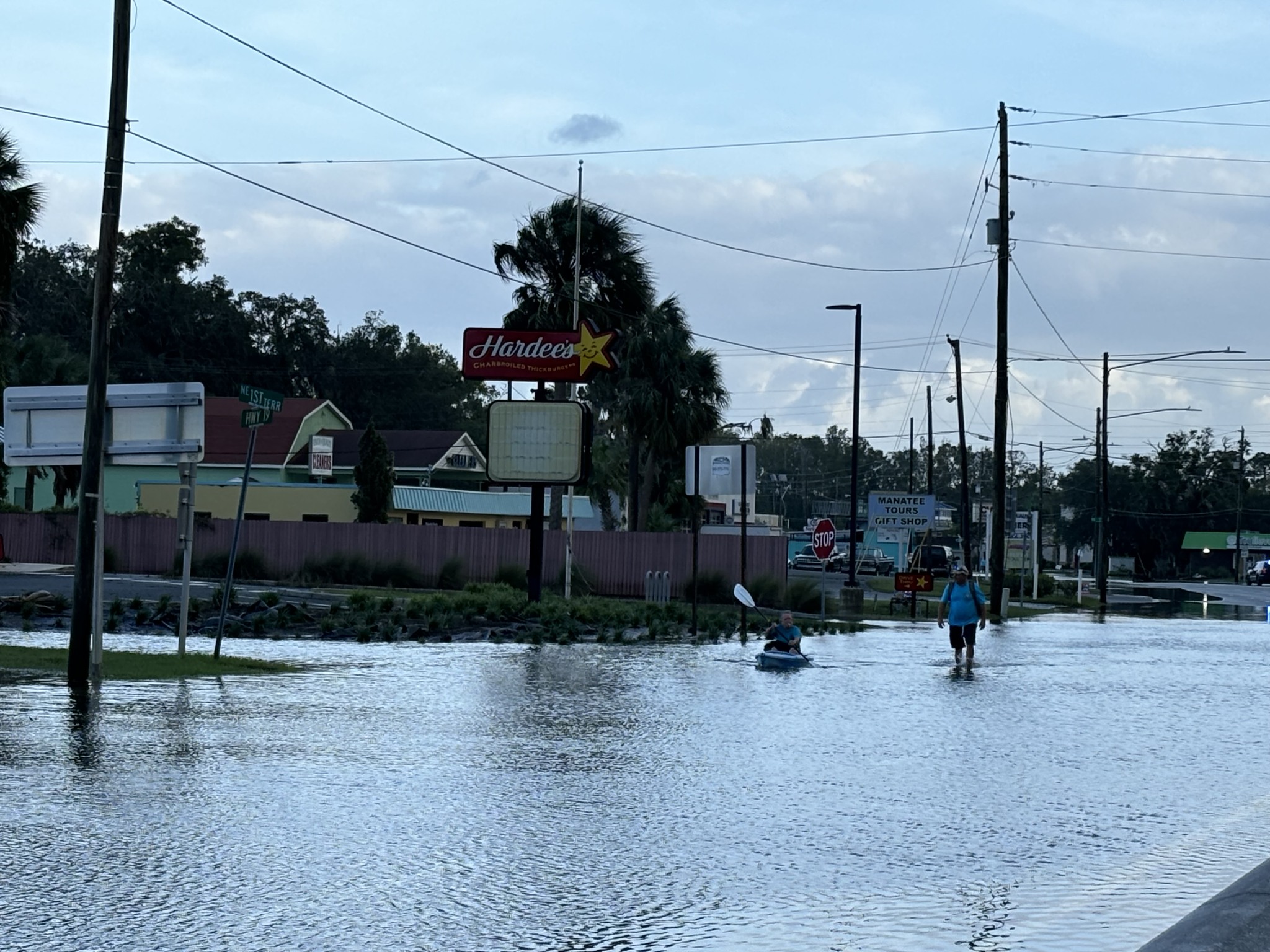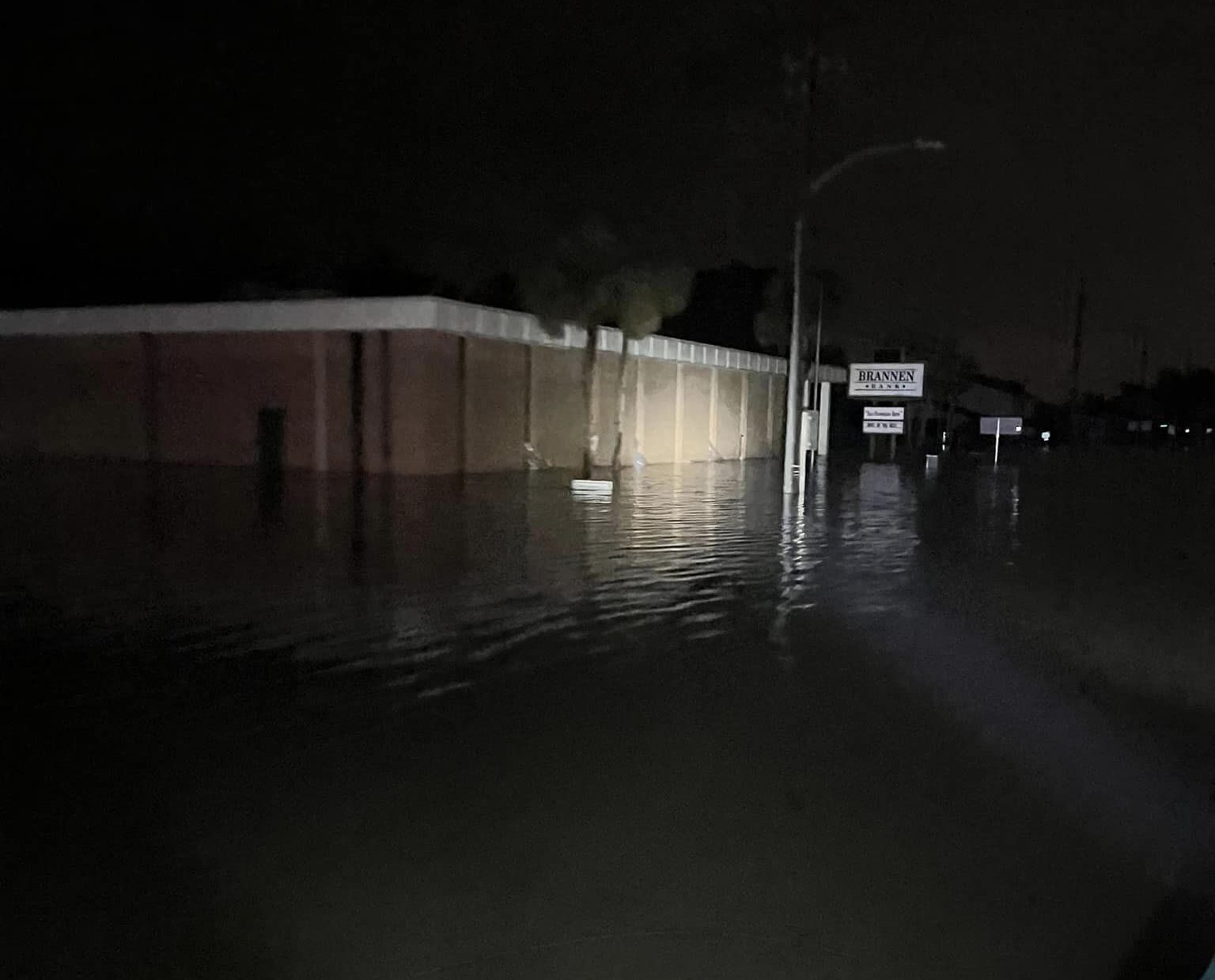
Washington: Hurricane Helene, which ‘exploded’ making a historic landfall in Florida as a Category 4 storm at around midnight (ET) September 26-27, 2024, has left at least 50 people dead, many injured and millions left powerless.
Helene, the strongest and one of the largest storms to hit the Gulf of Mexico in a century, is now a tropical depression after making landfall.
 Helene’s rain has largely come to an end in some of the hardest-hit areas of the Southeast, but it’s still dumping plenty of rain elsewhere. Steady rain is falling from New Jersey, through northern Ohio and into Indiana while storms capable of producing tornadoes continue to pound the mid-Atlantic. Rivers will continue to rise in some locations as the rainfall continues to flow into the rivers and streams, officials said.
Helene’s rain has largely come to an end in some of the hardest-hit areas of the Southeast, but it’s still dumping plenty of rain elsewhere. Steady rain is falling from New Jersey, through northern Ohio and into Indiana while storms capable of producing tornadoes continue to pound the mid-Atlantic. Rivers will continue to rise in some locations as the rainfall continues to flow into the rivers and streams, officials said.
Approximately 1.1 million people are under at least 14 different flash flood emergencies, the highest level of flash flood warning issued by the National Weather Service that is reserved for catastrophic flooding that presents a severe threat to human life.
Over 50 people were rescued from a Tennessee hospital roof today. Among them were patients who were stranded after rapidly rising waters from Hurricane Helene made evacuation impossible on Friday, September 27, 2024 morning.
The hurricane made landfall in a small town called Perry, but what surprised many was the width of the storm which spanned over 350 km and the water level rose to over 15 feet in many places.
Mayor of Florida’s Cedar Key said the city is in a “multifaceted mess” with no power or water. The devastation in Cedar Key is so widespread it is not safe enough to allow residents or volunteers back into the small community off the Florida coast, city officials said.
Many historical buildings and new homes have been destroyed, roads are blocked by downed wires and “extremely dangerous” debris, officials added.
The weather office said Helene had an “unsurvivable” storm surge and could climb to 20 feet along Florida’s Big Bend. Some counties received over 12 inches of rainfall in just a few hours.
Wind speeds that touched over 225 kmph knocked out electricity, leaving over one million without power. Officials warned that catastrophic wind damage from the storm could cause power outages that will “likely last days, if not weeks.”
The storm’s intensity was fueled by warm waters due to fossil fuel use. It was the strongest hurricane on record to slam into Florida’s Big Bend region.
These flood warnings are located in the Southern Appalachians of Western North Carolina and adjacent parts of Tennessee, South Carolina and Virginia.
Multiple states have recorded more than a foot of rain, with numerous flash flood emergencies issued in the Southeast, including Atlanta.
While many in Helene’s path were evacuated, a few stayed back at their risk. The Governor of Florida appealed to them to stay hunkered down and not venture out.
Hurricane Helene has pushed water levels at all five Tampa area tide gauges to levels never before observed, with records going back to at least 1950, the weather office said.

The flooding is the result of multiple days of extreme rainfall resulting from a combination of a slow-moving cold front and the passage of Hurricane Helene, which has brought widespread and record flooding to the region.
Asheville residents described the situation as “complete pandemonium” in their city after Helene brought several feet of floodwater and pushed large debris into streets overnight. There were major concerns about water contamination too.
The people of Dixie County and Taylor County in Florida have now suffered from 3 hurricanes in 13 months.
*Shankar Raj is a former editor of The New Indian Express, Karnataka and Kerala, and writes regularly on current affairs.






